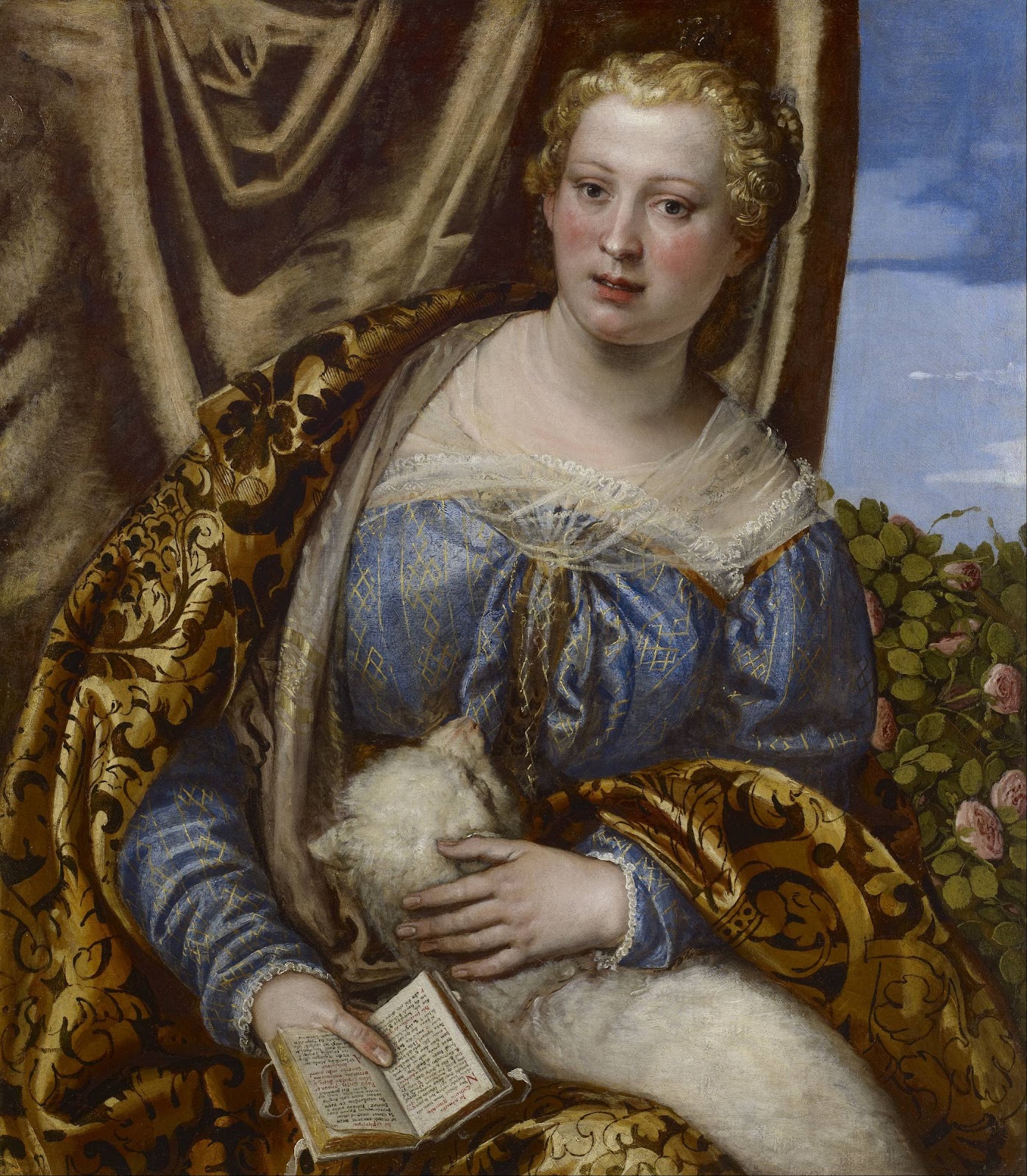
History and Characteristics of Medieval Art Because the period produced a high volume of art bearing historical significance, it remains a rich area of study for scholars and collectors, and is viewed as an enormous achievement that later influenced the development of modern genres of Western art. Grand monuments and architectural masterpieces such as the Hagia Sophia in Constantinople, celebrated mosaics in Ravenna, and illuminated manuscripts like the Lindisfarne Gospels all emerged from the medieval period. What developed over the course of these ten centuries yielded a diverse range of artistic styles and periods, some of which include the early Christian and Byzantine, Anglo-Saxon and Viking, Romanesque, and Gothic. Work produced during this era emerged from the artistic heritage of the Roman Empire and the iconographic style of the early Christian church, fused with the “barbarian” culture of Northern Europe. to the early stages of the Renaissance in the 14th century. It contains 13 miniature paintings depicting the Life of the Virgin and Infancy of Christ, the Crucifixion, the torments of Hell, a fully illustrated calendar with Labors of the Months and Zodiac imagery, and 13 historiated initials.Medieval art-which includes a wide variety of art and architecture-refers to a period also known as the Middle Ages, which roughly spanned from the fall of the Roman Empire in 476 A.D. This book displays the luminous colors and rich details for which medieval books are famous. It provided its owner with a luxury object that expressed social status, it sometimes humorous illustrations entertained the user, and it served as a family reader used by mothers to educate their daughters.

A Book of Hours was more than a compendium of prayers and devotional images, however. By the 15th century, book dealers and lay workshops supplied the growing demand of affluent townspeople. In the 14th century, illustrated Books of Hours were commissioned by nobles and aristocrats and were produced by lay workshops headed by celebrated painters. Its great popularity reflected people’s desire for a more direct and intimate relationship with God, without the mediation of clergy. The text was adapted from the Psalter and the Breviary (the service book for the Divine Office). The book of hours, the best seller of the late Middle Ages, was a private book used for daily devotions mainly by lay women and men. This site also offers the ability to zoom into pages and see the beautiful illustrations within The Book of Hours up-close. This acquisition signaled the university’s recognition of the cultural importance of actual works of art in the education of students.Īlso included in the Medieval European Art Gallery collection is the Book of Hours.Įxplore the website featuring the Book of Hours with page-by-page annotations from our curators. With the purchase of the Brummer Collection of medieval art in 1966, Duke University established its first art museum. Interior sculptures elaborated on the lives of saints and provided exemplars of faith and obedience. Stained glass enlivened wall surfaces and created interiors that shimmered with an otherworldly light.

Stone architectural sculpture surrounded doorways to greet the faithful with images from the life of Jesus and the final judgment, when he would return to judge all mankind. The majority of the works in this gallery decorated Christian churches in Europe between 1000-1400. Most of the surviving artwork from this period is religious in nature, commissioned by the Catholic Church or donors to facilitate worship and devotion. The Medieval period, also known as the Middle Ages, is roughly considered to be the millennium spanning the fall of the Roman empire in 476 CE to the Renaissance.


 0 kommentar(er)
0 kommentar(er)
